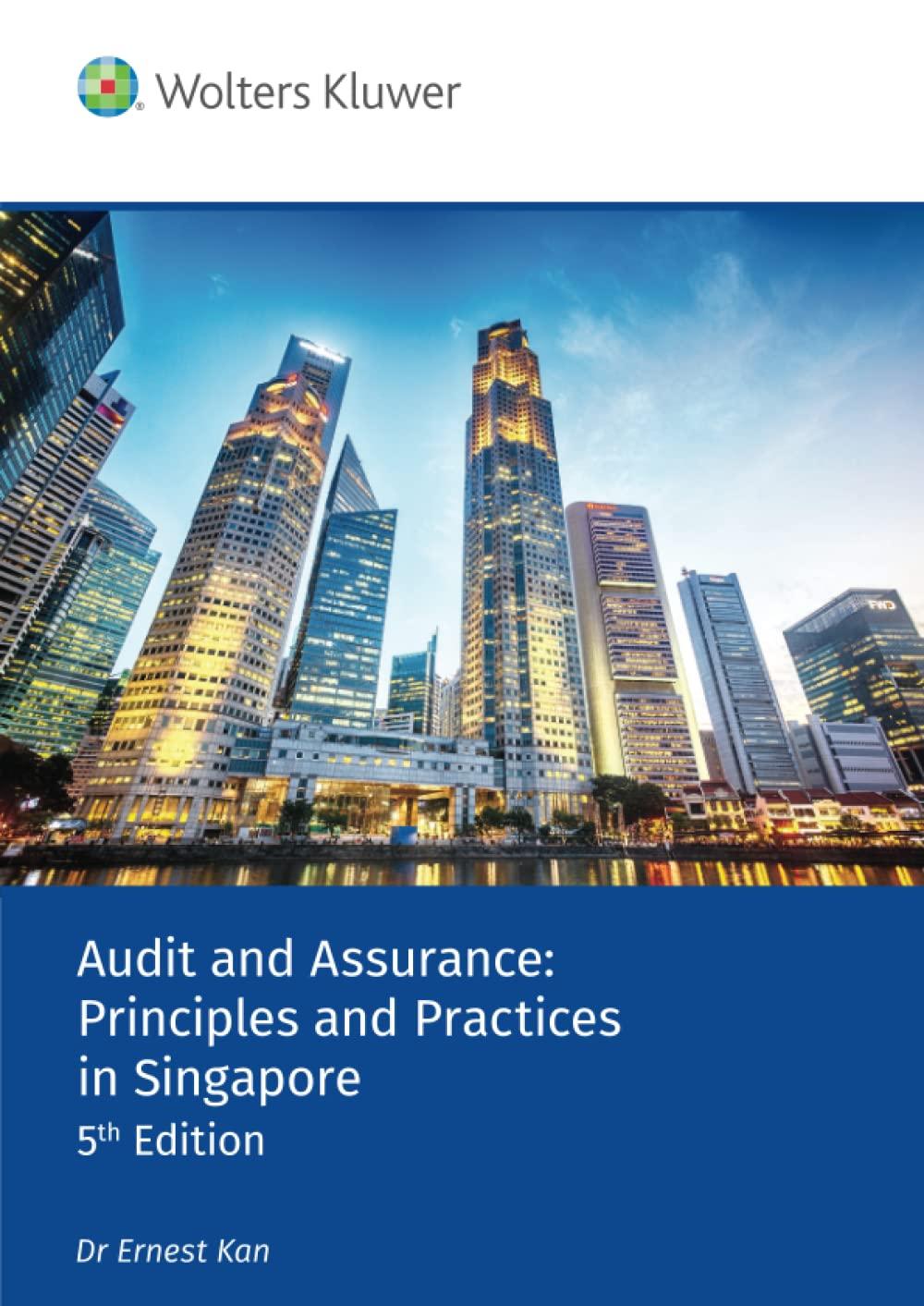Question
Brown Apparel Co. The realisation that one must give up power threatens the belief in ones own immortality. Almost 40 years after she founded her
Brown Apparel Co.
The realisation that one must give up power threatens the belief in ones own immortality. Almost 40 years after she founded her apparel company, Rita Brown and her close circle faced the hardest decision in the companys life. Rita had suffered a minor stroke in 1998. She came back to work within no time. Rita had a long-term goal. She wanted to reach 100 stores before stepping down as the CEO. At the time of her stroke, Brown Apparel Co. had 70 stores. Ritas temper made it very hard for people around her to contradict her or to suggest a course of action she may not agree with. For this reason, it was taboo in the company to even mention the possibility of replacing her. The Board was made up of loyal friends who were hesitant to bring up the matter. One of Ritas closest friends and confidants finally convinced her and then the Board designed a succession plan. Two employees were deemed as the most fit to replace Rita at some point in the next 10 years. Daniel Regis (42), was the closest to Rita. He was the Head of the Stores division, where more than 95% of the companys revenue originate. Daniel was well aware of Ritas long-term goal (100 stores) and he shared this vision of the business. The second candidate, Ralph Clark (40), was in charge of merchandise production (in-house - 40% - and through small producers - 60% -). Ralphs focus was on making, ordering, warehousing and manufacturing as efficiently as possible. When Rita and the Board decided to have two candidates to replace her, she proposed Ralph as the Head of E-Commerce (Online division). Some Board members thought Ralphs appointment was motivated by Ritas secret hope that he would fail and the succession decision was going to go Daniels way. However, Ralph saw the appointment as an opportunity and one additional way to improve the logistics of the business. In 2004, a second stroke permanently incapacitated Rita. At the time, the Board had to decide which of the two men would be the best to lead the company going forward. Some Board members even thought about bringing in an outsider, as they believed none of the internal candidates were ready to step into Ritas shoes. For the Board, the easy choice to make was to appoint Daniel as the new CEO. He was the closest to Rita. Someone who would continue to run the business as the founder herself. However, the work Ralph made in the Online division was quite impressive. One Board member also brought up the fact that Ralph complained several times saying the financial statements portrayed information in such a way that it encouraged the expansion of the bricks and mortar side of the business.
Please review the financial information provided below and the accompanying spreadsheet to answer the following questions:
1. Historically, the EBITDA multiple for companies in the sector is stable around 11x. If Brown Apparel Co.s WACC is 10%, were shareholders better off selling the company in 1999 or in 2004? What was the amount of value created/destroyed during the period?


Brown Apparel Co. Income Statement 1999 2000 2001 2002 2003 2004 Revenue Stores Online Total Revenue $364,000,000 $374,920,000 $389,916,800 $409,412,640 $429,883,272 $451,377,436 $14,000,000 $24,780,000 $43,117,200 $73,299,240 $120,210,754 $198,347,743 $378,000,000 $399,700,000 $433,034,000 $482,711,880 $550,094,026 $649,725,179 Expenses COGS Operating Expenses EBITDA Depreciation -$158,760,000-$171,871,000-$186,204,620 - $202,738,990 - $225,538,550 $279,381,827 -$128,520,000-$135,898,000 - $155,892,240-$188,257,633 -$231,039,491 $272,884,575 $90,720,000 $91,931,000 $90,937,140 $91,715,257 $93,515,984 $97,458,777 $11,718,000 $12,790,400 $14,290,122 $15,446,780 $17,052,915 $18,911,500 $79,002,000 $79,140,600 $76,647,018 $76,268,477 $76,463,070 $78,547,277 -$23,700,600 $23,742,180 $22,994,105 $22,880,543 $22,938,921 -$23,564,183 $55,301,400 $55,398,420 $53,652,913 $53,387,934 $53,524,149 $54,983,094 EBIT Income Taxes Net Income 1999 2000 2001 2002 2003 2004 70 75 80 86 92 98 96.3% 3.7% 93.8% 6.2% 90.0% 10.0% 84.8% 15.2% 78.1% 21.9% 69.5% 30.5% Notes Number of stores Revenue contribution Stores Online COGS contribution Stores Online Operating Expenses Stores Online 96.0% 4.0% 94.0% 6.0% 90.0% 10.0% 85.0% 15.0% 78.0% 22.0% 70.0% 30.0% 93% 7% 92% 8% 89% 11% 88% 12% 83% 17% 78% 22% Ratios EBITDAX Cost of Capital COGS Operating Expenses Net Working Capital Net Working Capital / Revenue PP&E PP&E / Revenue Depreciation Taxes 11 11 11 11 11 11 10% 10% 10% 10% 10% 10% 42% 43% 43% 42% 41% 43% 34% 34% 36% 39% 42% 42% $45,360,000 $49,562,800 $55,428,352 $63,717,968 $75,912,976 $92,910,701 12.0% 12.4% 12.8% 13.2% 13.8% 14.3% $234,360,000 $255,808,000 $285,802,440 $308,935,603 $341,058,296 $378,230,000 62.0% 64.0% 66.0% 64.0% 62.0% 58.2% 5% 5% 5% 5% 5% 5% 30% 30% 30% 30% 30% 30%
Step by Step Solution
There are 3 Steps involved in it
Step: 1

Get Instant Access to Expert-Tailored Solutions
See step-by-step solutions with expert insights and AI powered tools for academic success
Step: 2

Step: 3

Ace Your Homework with AI
Get the answers you need in no time with our AI-driven, step-by-step assistance
Get Started


